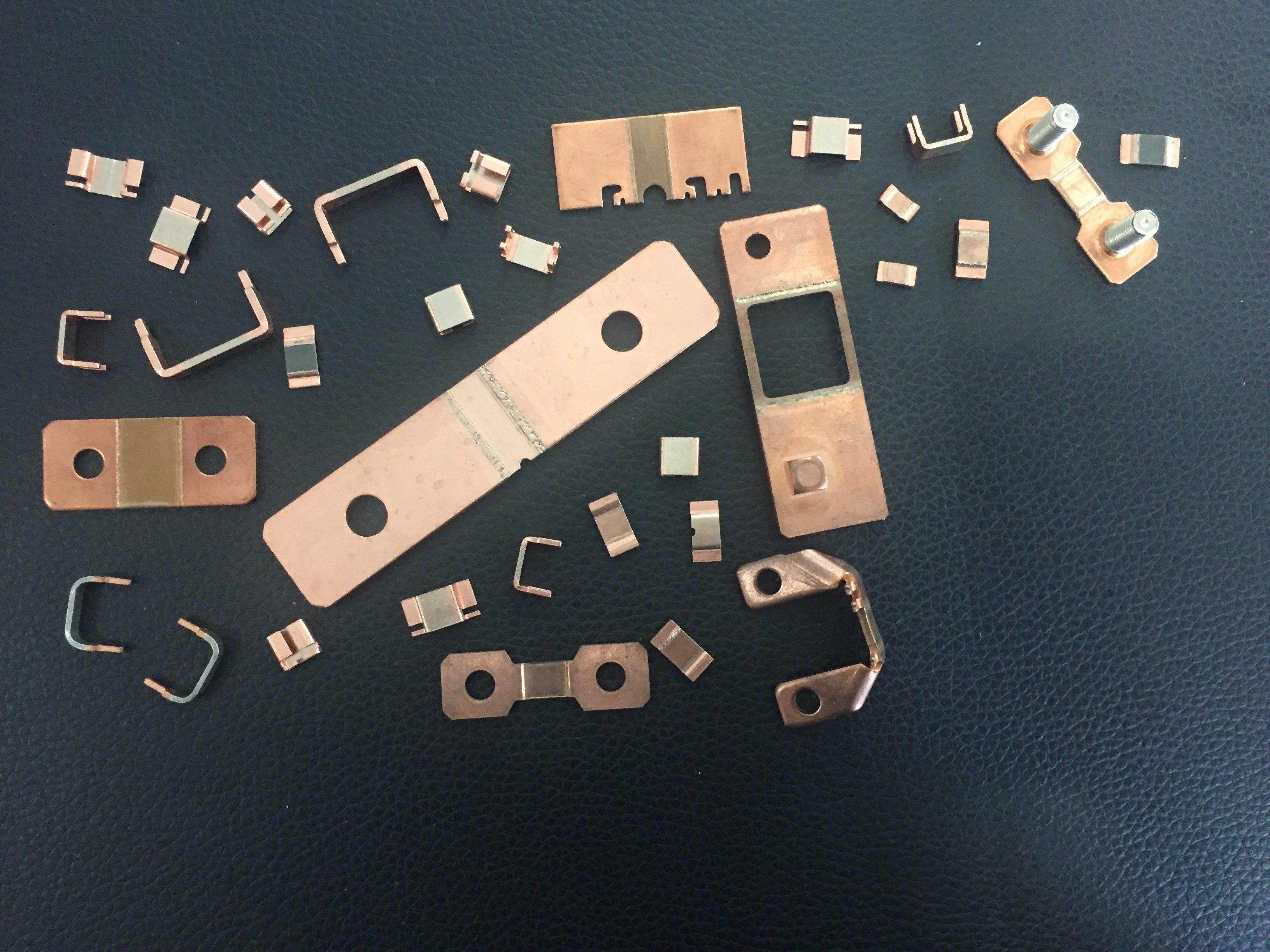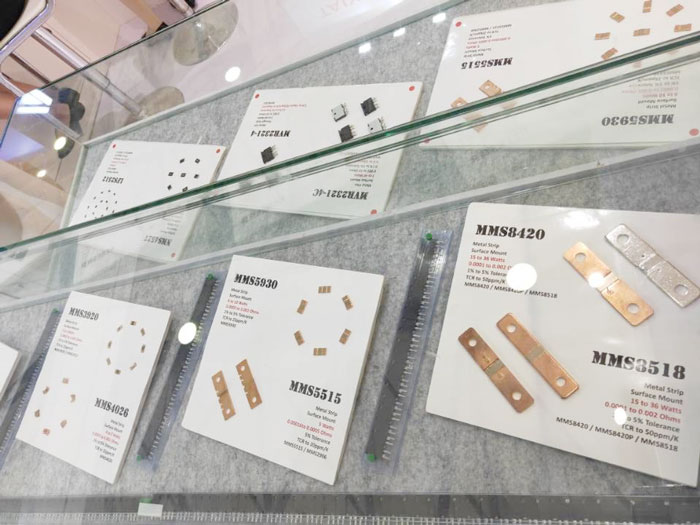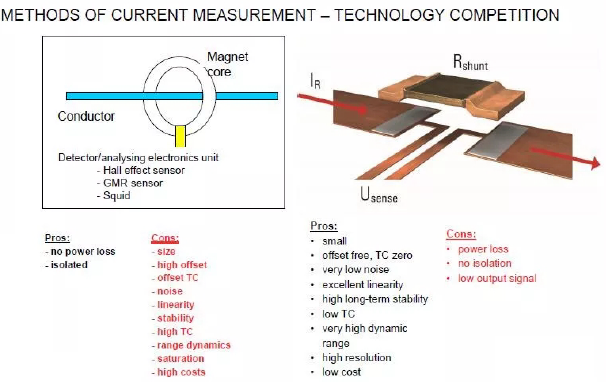Position:Home » Technical Articles
Method of Current Measurement — Shunt Resistors Vs. Hall Effect
Writer:Microhm Page View:Date:2019-08-08
Two most commonly used technologies in photovoltaic power plants operating sensors include resistive current shunt sensor (shunt resistor ) and current sensor for magnetic field ( Hall Effect ). As a leading supplier of shunt resistors, Microhm concentrates on the current sense applications.
Resistance “shunt” provide an accurate and direct measurement of the flow, but do not offer any galvanic isolation. The shunt current is the least expensive solution available today for current measurement. A shunt consists of a precision resistor ohmic value which passes a current , allowing a current proportional to the voltage and frequency falls between the terminals of the shunt resistor.

The low resistance shunt current offers good accuracy at low cost as well as a simple current measurement. When we talk about high-precision current measurement, we consider the parasitic inductance of the shunt.The inductance is typical in the order of only a few nano henry. This affects the magnitude of the impedances of the shunt at relatively high frequencies. Its effect is remarkable to reduce the power factor. Because the current is essentially a shunt resistive element, the heat generated in the resistor is proportional to the current passing through it. This heating problem makes the use of shunt not a good option for high currents. They are very low-value resistors to minimize power dissipation, low inductance value and a small reasonable tolerance to maintain an overall accuracy in the circuit.

There are two main types of Hall effect sensors: open- loop and close- loop. The second provides better accuracy but at a higher cost, and most of Hall effect sensors that are in energy meters uses open design to achieve lower costs ring. These sensors have excellent frequency response and are able to measure very high currents.
Comparison chart of both measurement methods, Shunt versus Hall effect:

In conclusion, shunt resistors are the more cost-effective approaches for most applications. Microhm's shunt resistors, MMS8420, MMS5930, MMS4026, MMS3920 and MMS2512 are especially appropriate for current sense usage.
Resistance “shunt” provide an accurate and direct measurement of the flow, but do not offer any galvanic isolation. The shunt current is the least expensive solution available today for current measurement. A shunt consists of a precision resistor ohmic value which passes a current , allowing a current proportional to the voltage and frequency falls between the terminals of the shunt resistor.

The low resistance shunt current offers good accuracy at low cost as well as a simple current measurement. When we talk about high-precision current measurement, we consider the parasitic inductance of the shunt.The inductance is typical in the order of only a few nano henry. This affects the magnitude of the impedances of the shunt at relatively high frequencies. Its effect is remarkable to reduce the power factor. Because the current is essentially a shunt resistive element, the heat generated in the resistor is proportional to the current passing through it. This heating problem makes the use of shunt not a good option for high currents. They are very low-value resistors to minimize power dissipation, low inductance value and a small reasonable tolerance to maintain an overall accuracy in the circuit.

There are two main types of Hall effect sensors: open- loop and close- loop. The second provides better accuracy but at a higher cost, and most of Hall effect sensors that are in energy meters uses open design to achieve lower costs ring. These sensors have excellent frequency response and are able to measure very high currents.
Comparison chart of both measurement methods, Shunt versus Hall effect:

In conclusion, shunt resistors are the more cost-effective approaches for most applications. Microhm's shunt resistors, MMS8420, MMS5930, MMS4026, MMS3920 and MMS2512 are especially appropriate for current sense usage.
Latest News
- Resistor's role in measuring and correcting LED,,,
- Single through-hole resistors' characteristics ,,,
- Why shunt resistors for current sense applicati,,,
- Metal-film resistors with small size, high resi,,,
- 36W High-Current Shunt Resistors MMS8420,,,
- 1W Surface Mount Resistor MPR1206,,,
- An Overview of Microhm Electronics' Resistor Pr,,,
- More anti-sulfur resistors used in harsh envir,,,
- Resistance changes with temperature,,,
- 140W TO247 High Power Heatsinkable Resistor,,,
- MMS5930 is ideal for current sensing in industr,,,
- Shunt resistors selection for engineers' design,,,
- Considerations for choosing precision resistors,,,
- Ceramic Encased Cement Resistors NWH Series for,,,
- Resistors for Passive Balancing in Battery-Pow,,,
Hot Articles
- Microhm will take part in 10th Automotive World,,,
- Thanks for Visiting Microhm's Booth E5-5706 in ,,,
- Resistors in Short Supply: Blame Cars,,,
- New lunch: High Power Precision Shunt Resistor,,,,
- How to Test a Resistor,,,
- Innovative Technology, Future Electric: Electri,,,
- What is Precision Resistors?,,,
- SMD Resistors Sizes and Packages,,,
- The Construction and Features of Metal Film Res,,,
- What is a TO-220 Resisor?,,,
- Hot Selling Products: Precision Shunt Resistors,,,
- How to Calculate the Equivalent Resistance Valu,,,
- What is a Fixed Resistor?,,,
- Resistors in LED Circuits,,,
- Resistors Types and Materials Overview,,,
Resistance applications
- Surface Mount Resistor's Size and Package ,,,
- The Four Important Functions of Alloy Resistors,,,
- Miniature future for passive electronic compone,,,
- Select the Right Resistor for Harmonic Filterin,,,
- The Measurement Accuracy of Automotive Shunt is,,,
- Urbanization Development Bringing the Transform,,,
- Heater Blower Motor Resistor in Air Conditioner,,,
- Precision Resistors' Construction and TCR,,,
- Industrial Roberts Applied to Solar Photovoltai,,,
- Difference Between High Precision Resistors and,,,
- The Main Application for High Precision and Low,,,
- Carbon Film Resistors' Features and Application,,,
- BMS for New Energy Vehicle,,,
- Shunt Resistor MMS8420 for High Current Stable ,,,
- Why Zero-Ohm Resistors?,,,
